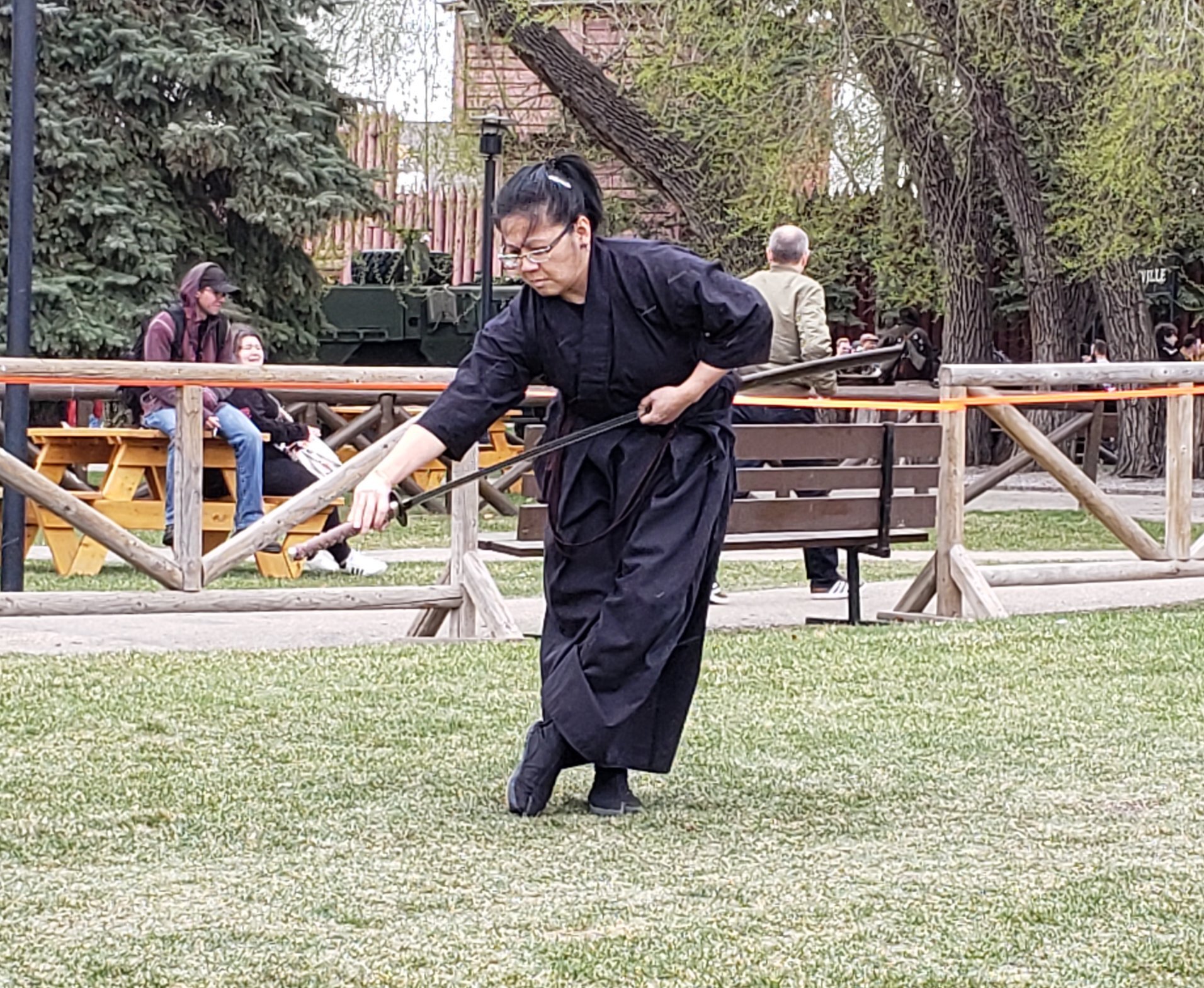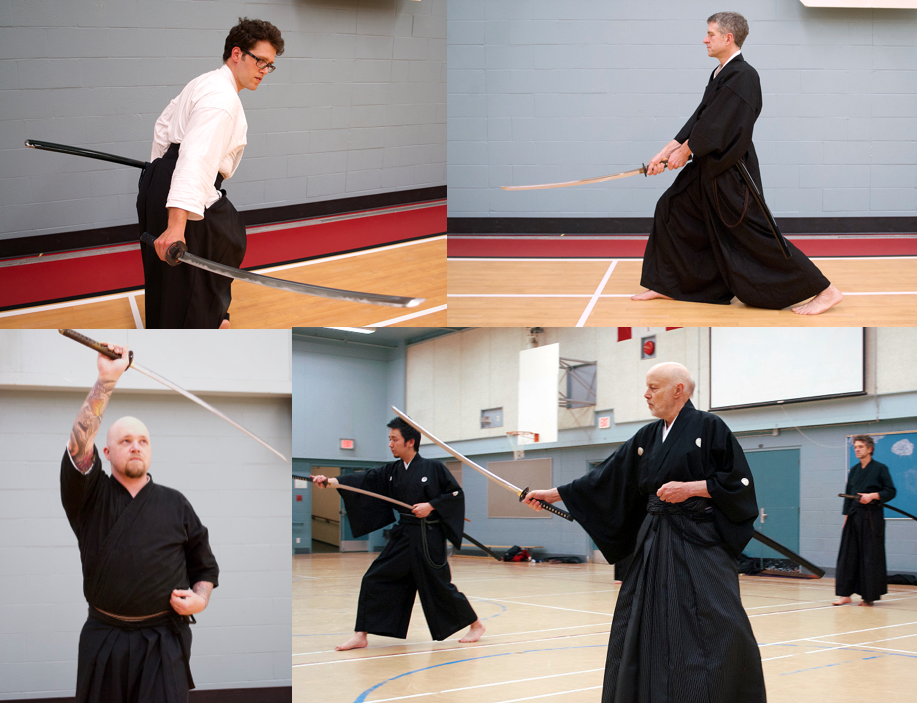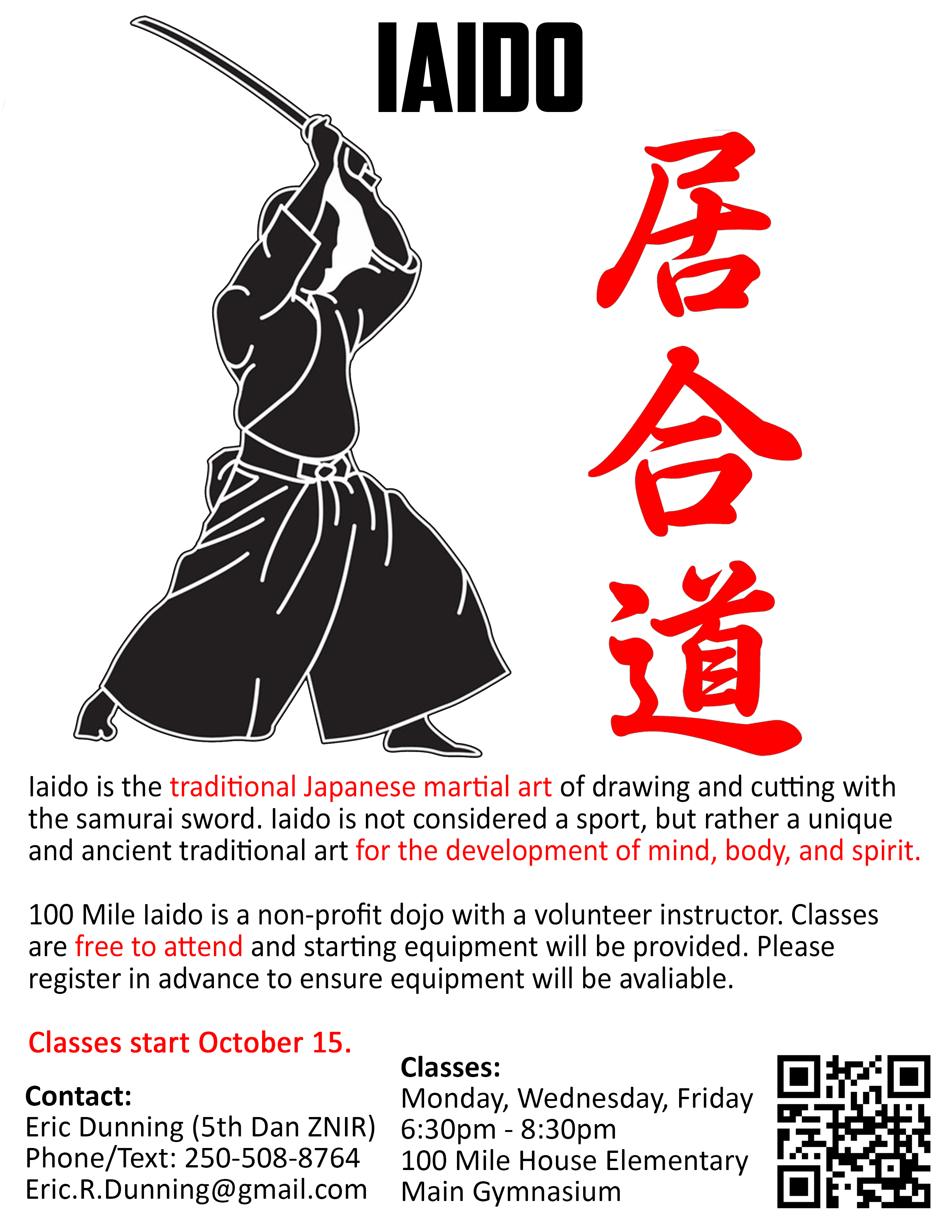

This form has no official governing body, so there are no ranks to be bestowed. It was the first attempt to create a unified kata prior to the introduction of the kendo no kata. This form consists of 10 kumitachi kata curated from various koryu (old styles). I take this as an online course with Tenshinkai Dojo Koln.įormed in 1886 by kenjutsu practitioners who feared that as Japan became more westernized, the katana would be replaced by the European sabre. Applications allow for variation based on school. Consists of 4 kneeling and 8 standing kata. The official iaido kata of the All Japan Kendo Federation. Training also includes the practice of tameshigiri (test cutting) and all kata are meant to be applied to tatami mats. All kata are practiced from the standing position.

Each set contains 8 kata with differing applications of the 8 directions of cutting. Consists of 5 sets of kata representing Earth, Water, Wind, Fire, and Sky. Seong based on influences from Japanese Batto styles such as Nakamura Ryu and Korean forms such as Chosun Dobup. Study also includes 19 kumitachi (partnered) kata known as the Kendo no kata and the Bokuto ni yoru kendo kihon waza keiko ho.Ī Korean form of Iaido founded by Kendo Sensei Jin K. grouped according to rank/level tried their hand using both the short. Points are awarded for good timing, accuracy, and body coordination, collectively referred to as yukododatsu. I understand that most iaido teachers will jump on me saying that I dont know. Translates to "way of the sword." Participants use bamboo shinai and armor to spar with one another.

The most widespread form of katana combat.


 0 kommentar(er)
0 kommentar(er)
